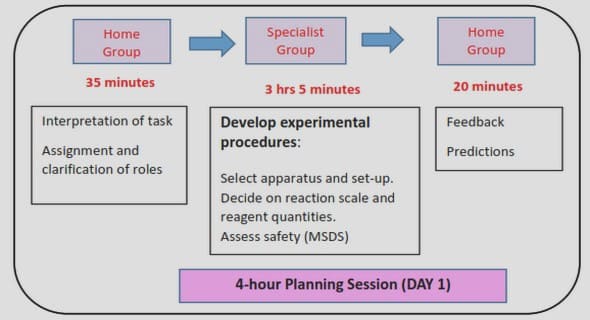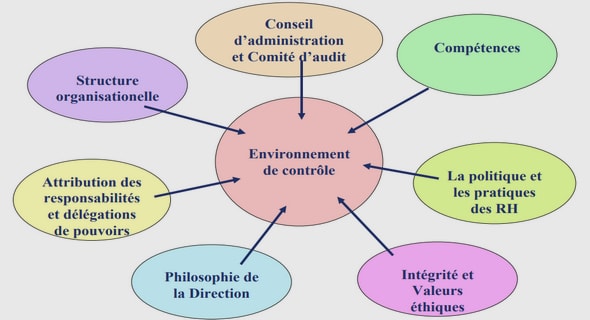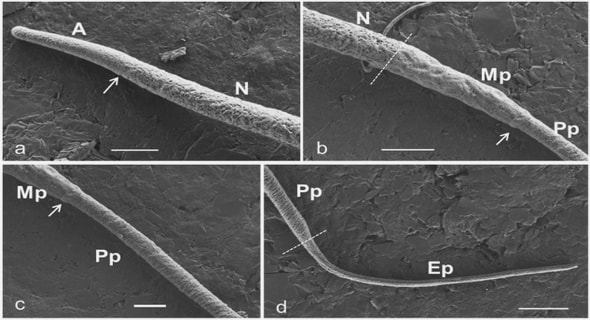Get Complete Project Material File(s) Now! »
Review of Literature
Toyota THS II paper
A paper from the Toyota Motor Corporation [4] covers the overall strategy employed by their Toyota Hybrid System II (THS II), first used on the second generation Prius. Although the Prius hybrid architecture differs from the SPA hybrid architecture, this paper addresses a few important topics. Note that a good portion of this paper covers improvements made to the hardware on the new Prius over the THS I which was not the focus for this review.
2.1.1 Fuel economy – The THS II fuel economy strategy is covered in detail, starting with how the engine operation area affects fuel economy. Since the Prius can use its two motors as an
electronic continuously variable transmission (ECVT), it can operate the engine close to its optimal efficiency operating line across the engine map. The SPA uses a conventional transmission, so this type of strategy is not possible. However, under certain operational conditions, the engine does not operate on the optimal efficiency line because the ECVT losses are too great. Instead, the engine operating point is compromised to a lower efficiency instead of going through the ECVT losses. This represents one compromise that the SPA architecture does not have to deal with, despite loosing operation along an optimal efficiency line because of a transmission with finite ratios. The important point is that “the optimal engine operating area does not necessarily provide the optimal vehicle fuel economy” due to losses in the hybrid system. This paper aims to quantify those losses specifically for the SPA hybrid design The topic of engine load increasing is addressed specifically. For cold start conditions, when the load on the engine is low, the hybrid system can slightly increase the engine load to the limit of not increasing battery charge losses greatly. This acts to increase engine efficiency during warm up and reducing engine warm-up time, which is important to reduce engine emissions and increase efficiency. Also, the sooner the engine reaches operating temperature, the sooner the engine can be stopped if needed. This same engine loading strategy can be accomplished on the SPA hybrid through the BAS. Next, for a “relatively large acceleration at low speed” it is simply stated that “THS II controls battery assist, considering engine efficiency, loss of generator revolution, loss of planetary gear revolution, and battery charge/discharge efficiency. As a result, total system efficiency is optimized.” This does not provide many specifics about how the hybrid decides to operate.Also, the given accelerations were quite mild, only accelerating from 0-50 kph (0-31 mph) and 0-60 kph (0-37 mph) in about 15 seconds each.
Electrical Accessories
Two short paragraphs cover vehicle accessory efficiency improvement. The DC-DC converter adjusts the 12V system operational voltage to prevent excess charge to the 12V battery, thus limiting its electrical energy consumption. More important is the implementation of electrically driven air conditioning (A/C), which prevents operation of the engine just to drive the A/C compressor. This reduction of low load operation (along with other improvements over the previous model Prius) enabled a 20% gain in fuel economy over a Toyota-specific drive cycle representing city driving. The SPA hybrid uses a similar electric drive A/C system to realize similar benefits in efficiency by avoiding low load
engine operation.
1. Introduction
1.1 The need for hybrid electric vehicles
1.2 What constitutes a HEV
1.3 Objectives
2. Literature Review
2.1 Toyota THS II paper
2.1.1 Fuel economy
2.1.2 Electrical accessories
2.1.3 Emissions
2.2 Nissan HEV power transfer systems study
2.3 Saturn VUE hybrid paper
2.4 Saturn VUE hybrid model paper
2.5 NREL HEV control strategy paper
2.6 Unified modeling of HEV drivetrains.
2.7 Summary of literature review
3. Split Parallel Architecture (SPA)
3.1 Introduction to the Challenge X competition
3.2 SPA design motivation and process
3.3 Baseline vehicle and VTS
3.4 Fuel and powertrain selection
3.5 Component sizing and selection
3.6 Finalized component selection
3.7 SPA hybrid vehicle design considerations
4. Relationship between Control Mode and Vehicle
4.1 Energy paths and hybrid modes
4.1.1 Engine only
4.1.2 Engine generate
4.1.3 Engine assist
4.1.4 Electric only
4.1.5 Regenerative braking
4.2 Meeting driver torque request
4.2.1 Negative torque request
4.2.2 Positive torque request
4.3 Initial conditions and assumptions
4.4 Specific component and vehicle considerations
5. Hybrid Mode Loss Calculations
5.1 Engine only mode
5.1.1 Calculating fuel use
5.2 Energy storage considerations and battery model
5.2.1 Calculating battery losses
5.2.2 Accounting for stored energy
5.3 Engine generate
5.3.1 Calculating generate losses
5.3.2 Calculating conversion efficiency
5.4 Engine assist
5.4.1 Calculating assist losses
5.4.2 Calculating assist fuel and efficiency
5.5 Electric only
5.5.1 Calculating RTM losses
5.5.2 Calculating assist fuel and efficiency
5.6 Regenerative braking
5.6.1 Calculating regenerative braking losses
6. Practical Considerations for Analysis
6.1 Defining the areas of normal engine operation
6.2 Calculation of average conversion efficiency
6.3 Regenerative braking contributions to conversion efficiency
6.4 Impact of average conversion efficiency on assist efficiency
7. Vehicle Emissions Considerations
7.1 Cold start emissions
7.2 Engine operation emissions
8. Overall Control Strategy
8.1 Control strategy and operational areas
8.2 Analysis of control strategy over the UDDS
8.3 Future control strategy development
9. Conclusion
References
Appendix A


